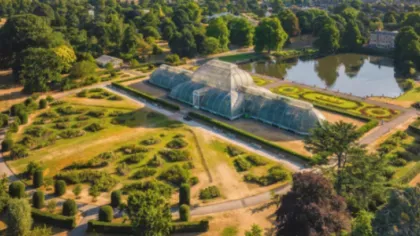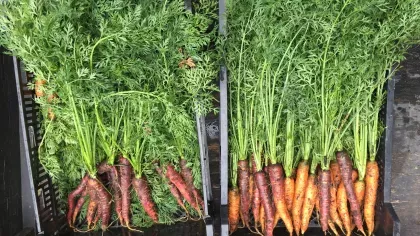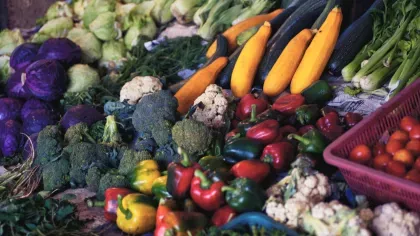18 August 2022
Back to the future: The Green Revolution
How is the history of our food and farming practices still important today?

The present
Thousands of years of selective breeding have led to a diminished variety of crops with low genetic diversity.
We now rely on just 15 crops for 90% of the world's energy intake, and rice, maize and wheat are the staples for more than half the people on Earth.
Relying on just a handful of crops to feed the growing global population has contributed to malnutrition, also known as 'hidden hunger', and left us vulnerable to climate change and pests and diseases.
In Asia, rice fields are being flooded with saltwater; cyclones have wiped out vanilla crops in Madagascar; in Central America higher temperatures ripen coffee too quickly; and drought in sub–Saharan Africa is withering chickpea crops.
Sadly, it gets worse, our State of the World's Plants and Fungi report highlights that 2 in 5 plants worldwide are estimated to be threatened with extinction.
And the world now faces another looming food crisis.
But nature provides a much larger store cupboard of species than we currently use – there are more than 7,000 known species of edible plants we could be eating.
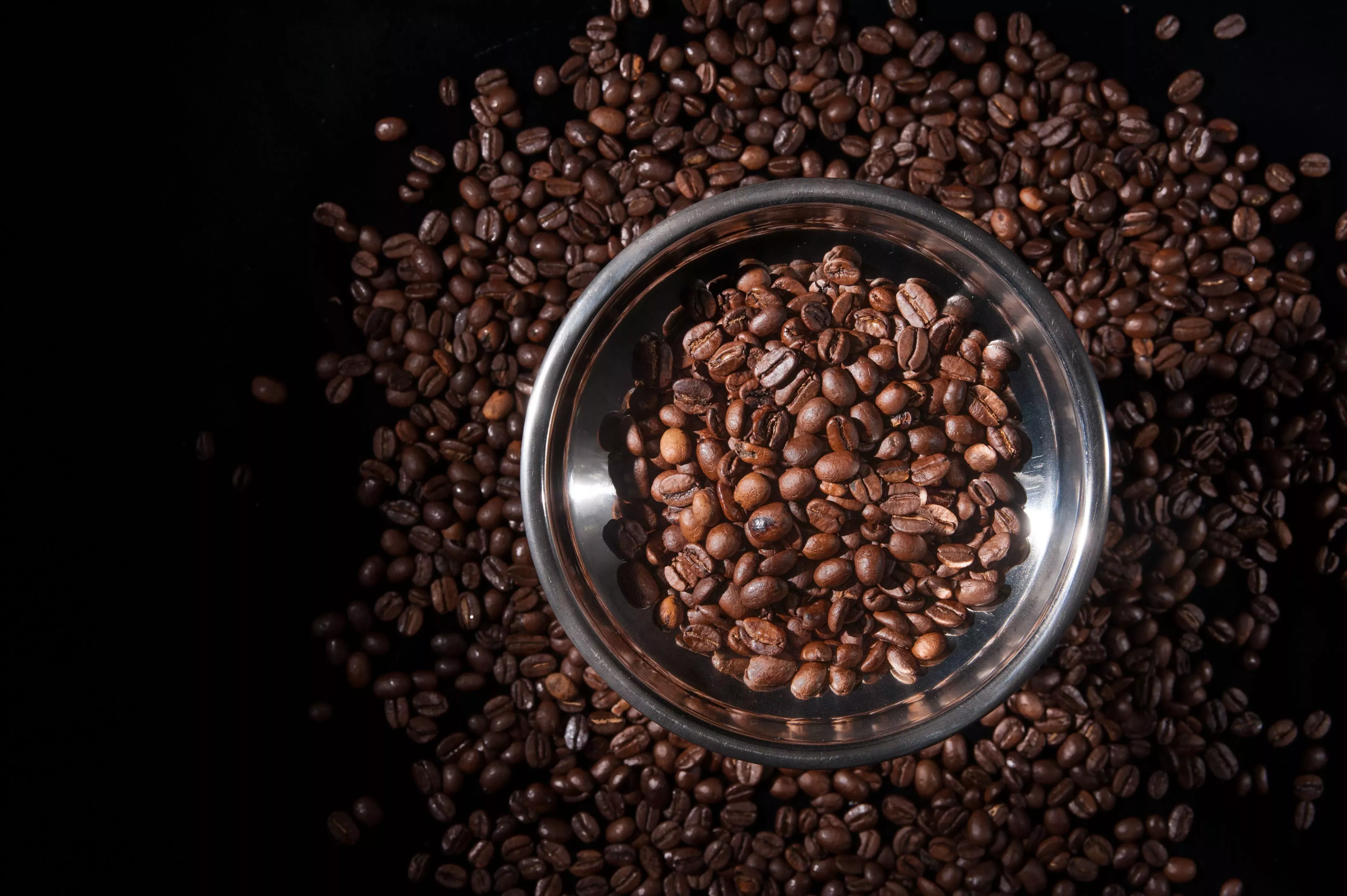
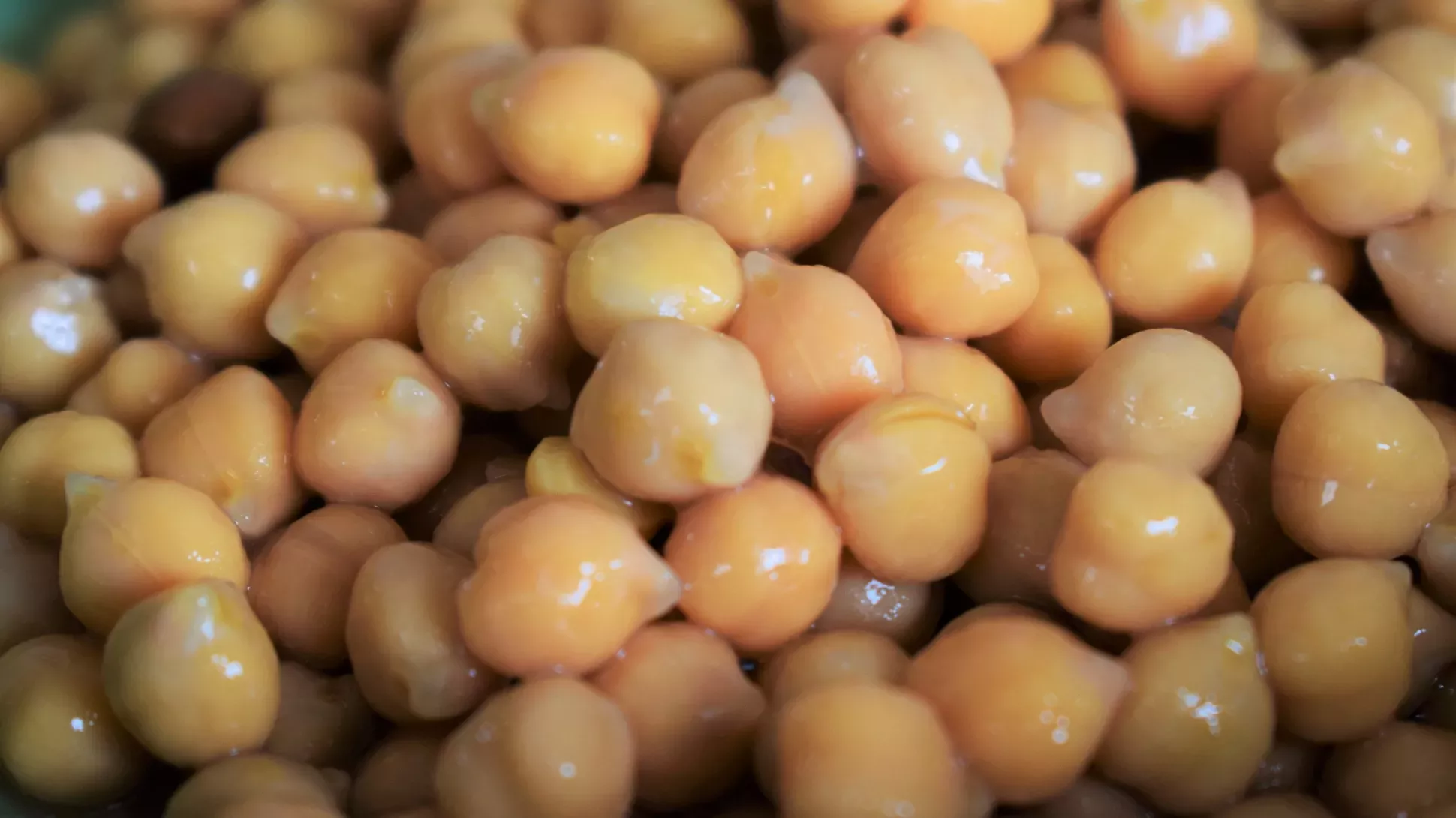
The past
We used to eat many different varieties of food crops.
But the foods most of us eat today are quite different from what our ancestors consumed.
Left to mother nature, plant diversity flourishes as wind, water, animals and insects carry pollen from the male part of one flower to the female part of another, creating a slightly different plant baby every time.
At the dawn of agriculture, farmers would save and replant the seeds of plants with the most desirable traits – the hardiest, tastiest, and easiest to harvest – to create locally adapted varieties, which are called landraces.
For thousands of years, families and communities relied on these local landraces, which over time developed helpful traits that adapted them to their ecosystems.
By saving, sharing, buying and selling landrace seeds locally, farmers helped the best varieties evolve and thrive.
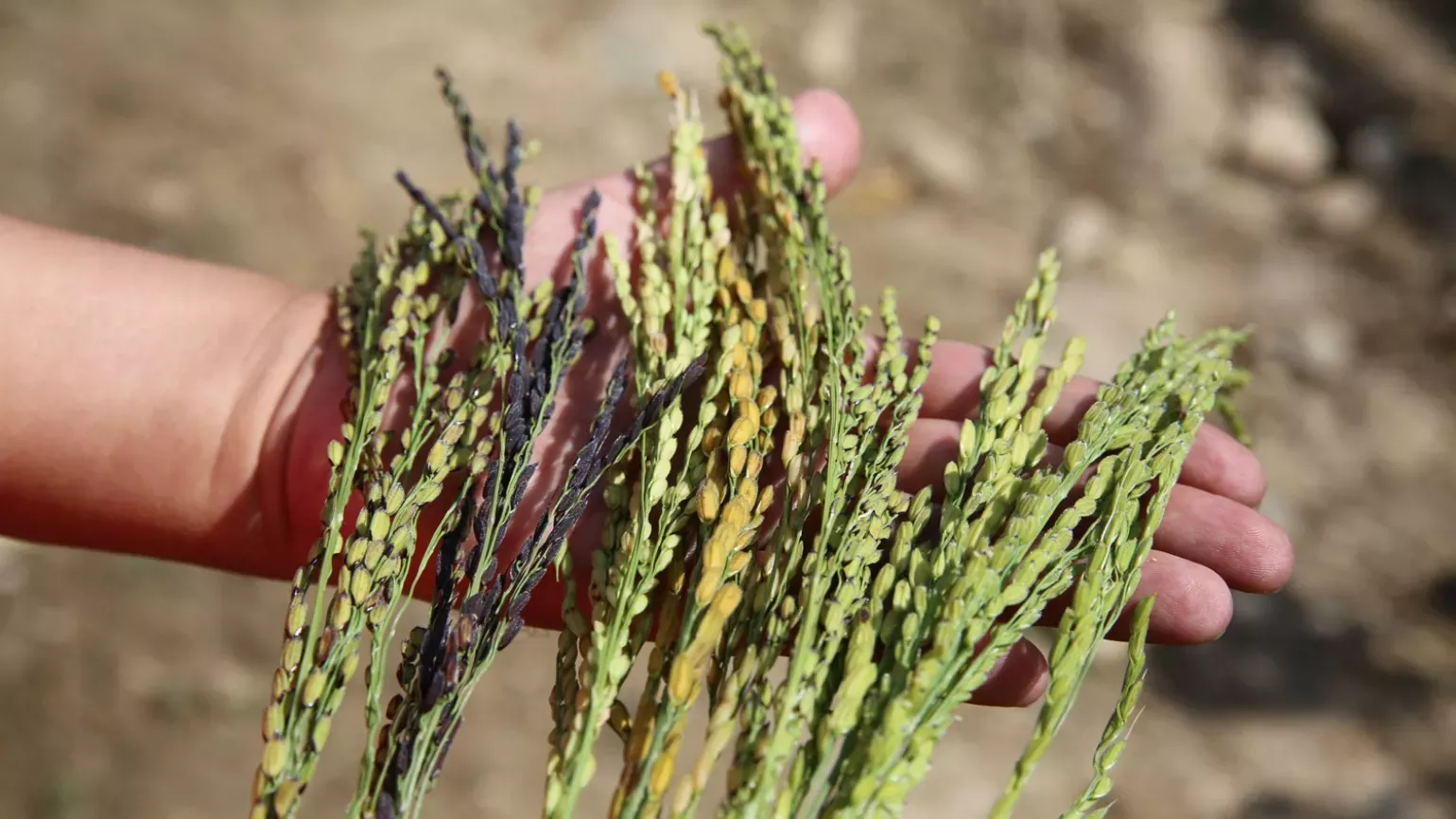
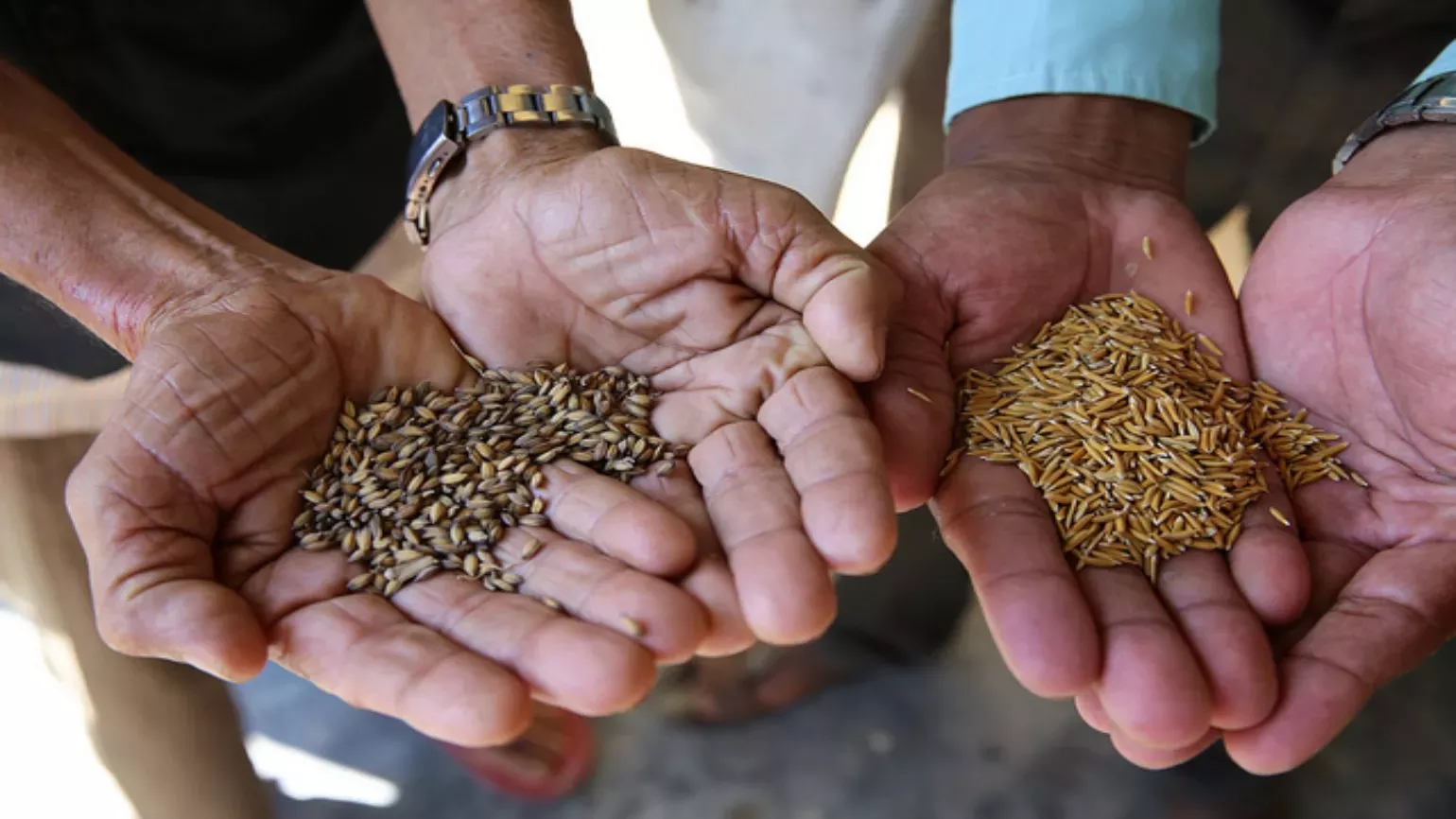
Then, around the 1920s, scientists discovered they could take a landrace with desirable traits and self-pollinate the plant, creating a genetically identical inbred, with desirable characteristics. These inbreds were then crossed with each other, again and again, to create hybrids.
Half a century ago when the world's population was around half what it is now, the answer to looming famines was ‘The Green Revolution’ – the transformative agriculture movement which led to a massive increase in the use of hybrid seeds, especially for wheat and rice.
New wheat varieties made more efficient use of soil nutrients; had shorter, stiffer stems that could support the weight of heavier ears of grain; and could grow at any time of the year, enabling farmers to sow more crops annually. Plus, new irrigation schemes, pesticides and fertilisers helped to maximise food production.
The concept spread worldwide in the 1950s and 1960s, significantly increasing the number of calories produced per acre of agriculture. Between the 1970s and 1990s, rice and wheat yields in Asia doubled. The poverty rate halved, and nutrition improved even as the population more than doubled.
But this boost came with an environmental cost. The shift in practices polluted waterways, degraded land, and reduced biodiversity.
Perhaps most importantly, The Green Revolution fuelled the erosion of genetic diversity. Selectively breeding crops for traits such as high yield retained genes that presented these traits but resulted in other genes being lost, such as those that made plants more nutritious or better able to fend off pests and diseases.
Farmers stopped producing more genetically diverse and resilient local varieties, growing only a few new ‘designer’ varieties.

The future
Successfully developing future foods will require us to learn from our previous mistakes.
The United Nations forecast that by 2050 the world’s population will grow to 10 billion people.
We cannot rely on a narrow group of food crops for our future food security.
If humanity is to thrive, we need to make our food production systems more diverse, resilient and environmentally sustainable.
So, we need another green revolution that harnesses modern genetic tools and approaches.
One vision of how this might happen is through genetic modification and gene editing of crops.
Genetic modification (GM) is when a desired transgene (a gene sourced from another species) or cisgene (one sourced from a member of the same species or a close relative) can be introduced directly into the genome (genetic material) of an organism that already possesses other desirable traits.
Whilst gene editing (GE) is a form of genetic modification whereby a targeted part of an organism’s genome is precisely modified to produce specific effects. It does not involve the permanent introduction of trans or cisgenes.
In recent years, these techniques have been used to enhance the nutritional content of several crops. In perhaps the most famous example, ‘golden rice’ has been engineered using genes from the daffodil (Narcissus pseudonarcissus) and the soil bacterium Erwinia uredovora to produce betacarotene, a precursor of vitamin A. The hope is that this genetic modification might help to reduce vitamin A deficiency.
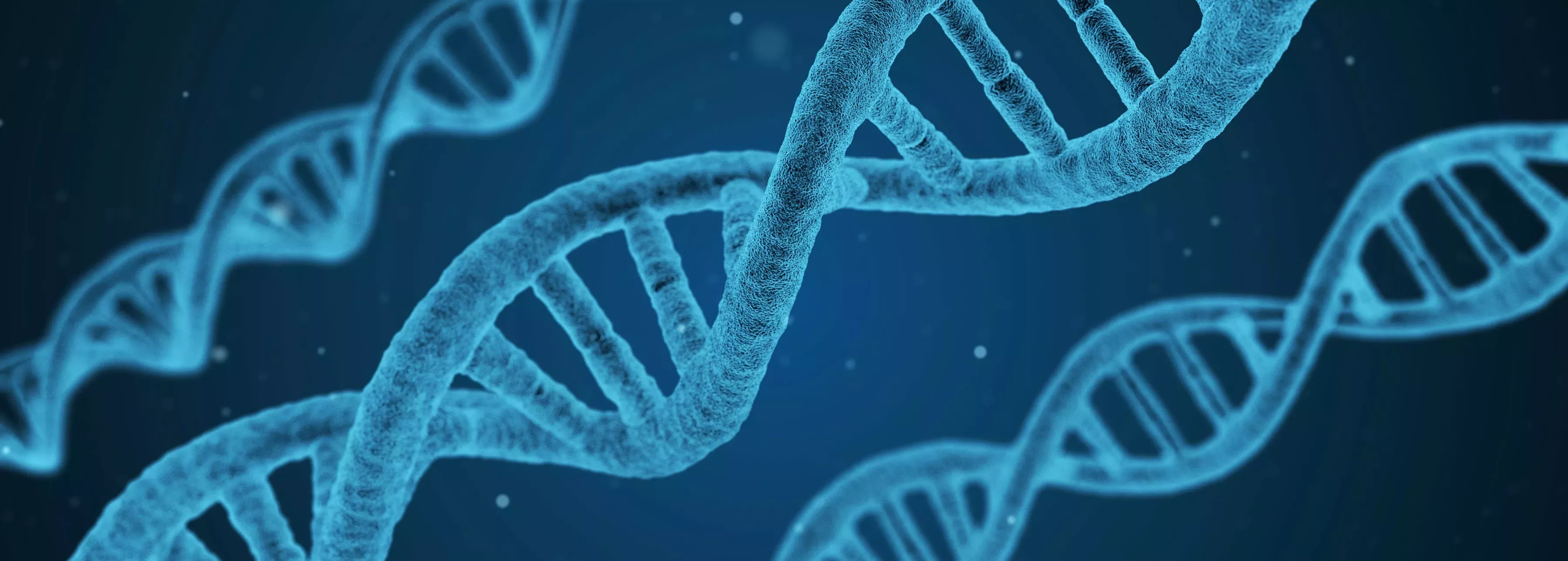
The other vision is through breeding genetic diversity that exists in wild species back into modern crops.
Farmers and scientists are turning to overlooked crop wild relatives, the wild species from which modern crops derive and their close relatives, to see if they can breed climate-resistant or more adaptive varieties which can withstand more environmental unpredictability such as droughts, pest and diseases.
To retain genetic diversity for use in future breeding programmes, we must conserve crop wild relatives by preserving the natural habitats where they grow or conserving the genetic material from these plants in seed banks, like our Millennium Seed Bank.
No matter what the approach, valuing diversity and saving endangered foods like wild arabica coffee in Ethiopian forests, vanilla orchids in Guatemala, and the apple trees in Kazakhstan is key to improving the nutritional quality of our diets, more sustainable farming, and climate adaptation.
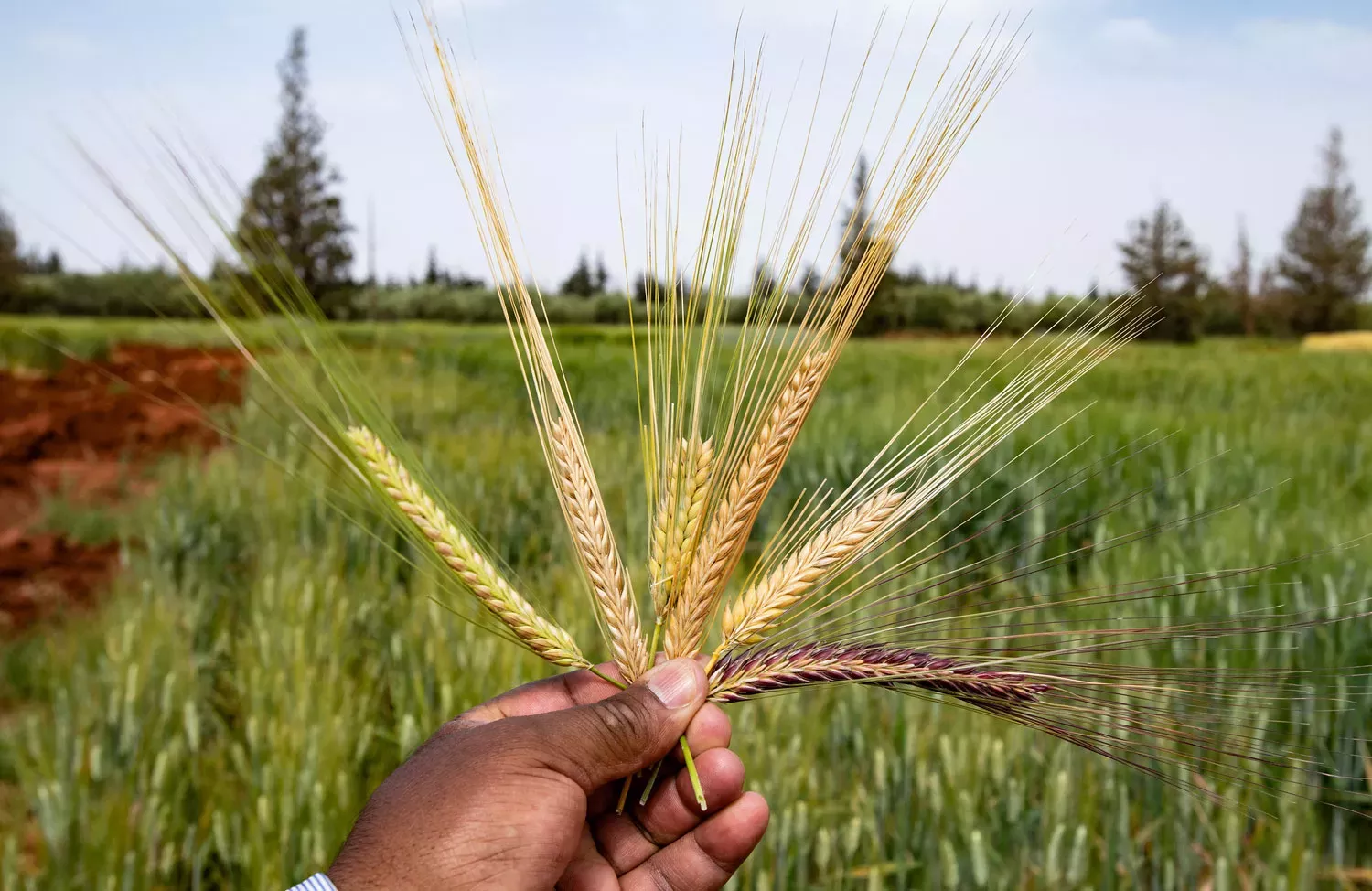
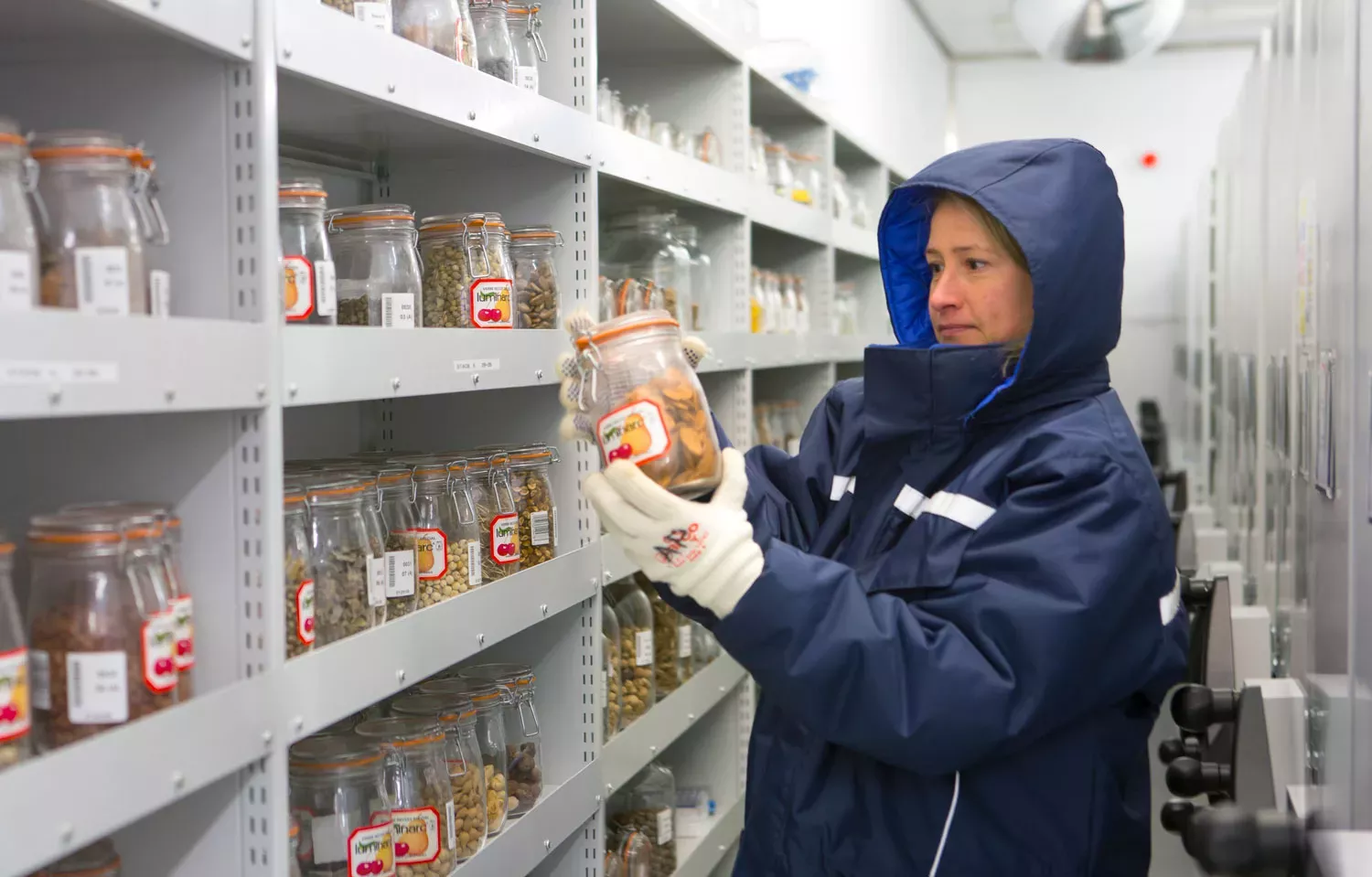
It’s not about going back; it’s about looking back with a bit of humility at the diversity and food systems that kept humans alive for thousands of years in greater harmony with nature - and looking at what can be applied to our future food systems.
Applying our expanding knowledge of genetics to develop new foods is our best hope of supporting both people and planet in the future.
Find out more by stepping into the future of food at Kew’s event of the summer.

